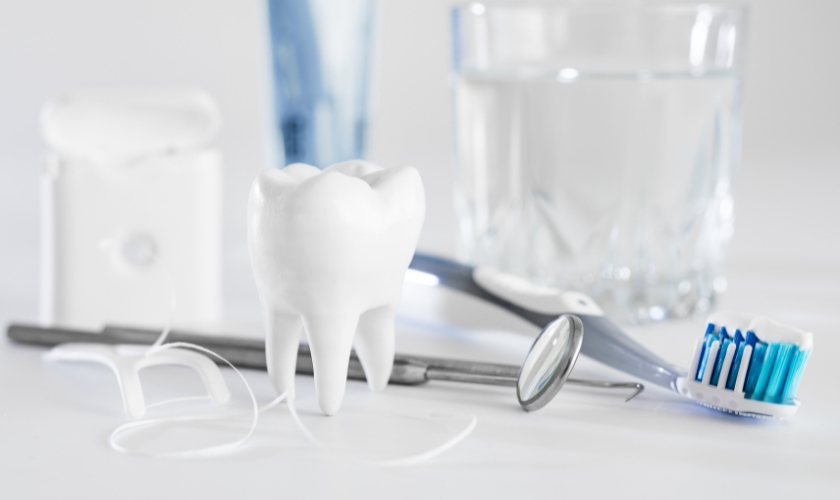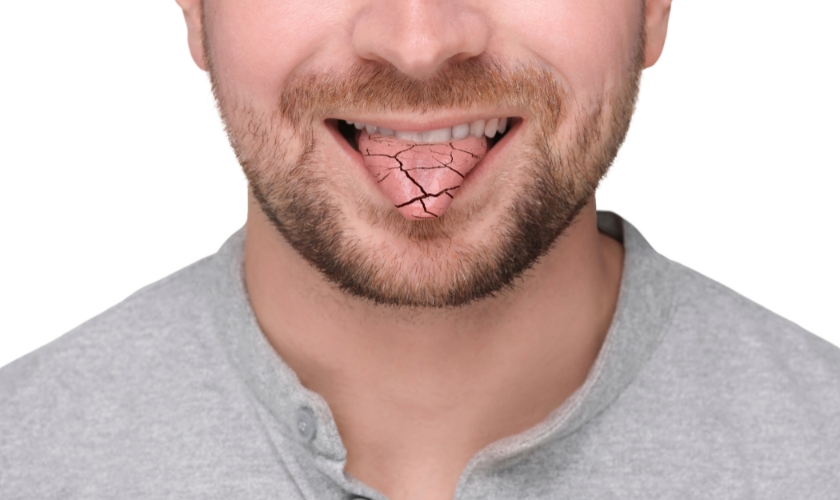
Welcome to the enthralling world of micro-esthetic dentistry, where the ordinary becomes extraordinary through the art of minute details. Dentistry surpasses the ordinary in this specialized discipline, concentrating on accuracy with a surgeon’s touch and an artist’s vision. Consider a world in which each tooth is a brushstroke, and faults are softly eliminated to expose the real beauty of a smile. Join us on a trip through the precise artistry of micro-esthetic dentistry, where minor modifications produce dramatic results, transforming smiles into works of art. It’s time to unearth the enchantment hidden in the nuance of perfection.
Microesthetic Dentistry Defined:
Micro Esthetic dentistry is a subspecialty of dentistry that focuses on improving the aesthetics of a smile by modifying dental alignment, color, shape, size, and proportions. Understanding and meeting patients’ expectations is critical since each individual has distinct features and
characteristics. Orthodontic treatment’s major purpose is to enhance dental and facial aesthetics, not just cosmetically but also socially and in terms of quality of life. Micro Esthetics must be considered in the proper perspective since people frequently glance at other regions of the face before looking at teeth. A recent study discovered that upper lip vertical height, smile breadth, upper central incisor exposure, dental symmetry, and intra-dental proportions all influence esthetical perception.
What Is The Function Of Microesthetic Dentistry?
Many of these qualities are connected to microesthetics and, when properly controlled by theorists and specialists from other domains, are predictors of the aesthetic brightness of the grain.
The Size And Shape Of The Tooth:
Genetics influences the shape of maxillary front teeth, which can be categorized as square, oval, or triangular. Ovoid teeth feature curved outlines and smooth transition lines, whereas square teeth have straight curves and a broad cervical area. The contour of triangular teeth is straight, with a thin cervical area. Tooth size averages can be used to establish the breadth of anterior teeth, but the virtual dimensions of the teeth must also be considered.
Embrasures Of Incisor:
Incisal embrasures between teeth become larger as the dentition progresses away from the midline. The gap between the lateral and central incisors should be greater than the gap between the central incisors. Because contact points shift apically as central incisors move distally, the gap between canines and lateral incisors should be wider.
Connectors And Points Of Contact:
The 50-40-30 rule specifies the optimal connection zone between the maxillary central and lateral incisors. The optimal gap is greater than the contact area, with a connecting zone half the length of the central incisor. The optimal connection zone between a maxillary canine and a lateral incisor is around 30% of the length of the central incisor.
Inclination Of The Axis:
Axial inclination refers to the orientation of front teeth relative to the central midline, increasing in severity from the central incisor to the canine. It comprises premolar and first molar mesial inclination. The mesiodistal axial inclination of permanent teeth should be included in an occlusion study. Axial inclinations should be clinically and radiographically examined at the beginning and completion of orthodontic treatment.
Progression Of The Shade:
The whitest and brightest teeth in the grin are the maxillary incisors, whereas the maxillary lateral incisors are darker and lighter. Canines have a lower chroma saturation and a lower value than other anterior teeth. Canines are lighter and brighter than first and second premolars. It is critical to simulate shade progression while creating natural-looking prosthodontic restorations. A tooth’s brightness varies inside and between teeth, with the center third being the brightest.
Gingival Contour And Shape:
The curve of the gingiva along the tooth’s border is referred to as gingival shape. For the best look, maxillary lateral incisors should have symmetric half-oval or half-circle shapes. Shape the gingival contours of maxillary central and canine teeth to be more elliptical, directing them distally to the tooth’s long axis. The same level of canines and upper central incisors are among the requirements for achieving a decent gingival shape.
The Canvas Of A Smile:
Consider a grin to be a canvas, with each tooth acting as a brushstroke. Micro Esthetic Dentistry meticulously produces this masterpiece, taking into account every form and tint. It’s a laborious technique that turns a simple grin into a piece of art, from the symmetry of incisors to the delicate curve of canines. A grin transforms its canvas into a domain where accuracy reigns supreme, ensuring that every element harmonizes to create a natural and breathtaking oral masterpiece.
The Psychological Impact:
Microesthetic dentistry recognizes the psychological influence of a bright smile in addition to physical alteration. Studies have shown that confidently grinning can alter perception, boost self-esteem, and enhance social and professional relationships. Microesthetic dentists improve not only dental health but also total well-being by polishing minor nuances.
We see the transformational influence of attention to minute details in the field of microesthetic dentistry. Every correction, no matter how minor, helps to create a bright smile. This precision-driven art form that combines technology and creativity goes beyond standard dentistry. It exemplifies the concept that genuine beauty is found in the details. Microesthetic dentists expand options, demonstrating that often, the tiniest details have the most influence. Let your grin be a witness to the enchantment found in the subtleties of perfection as we complete our adventure.


